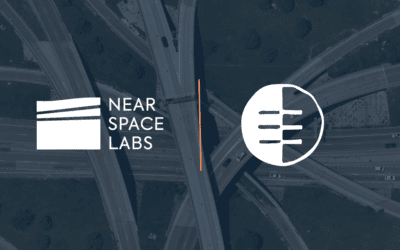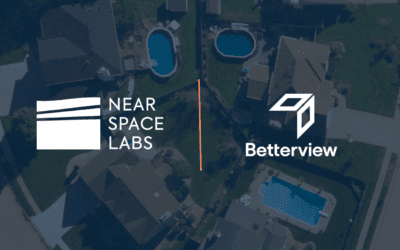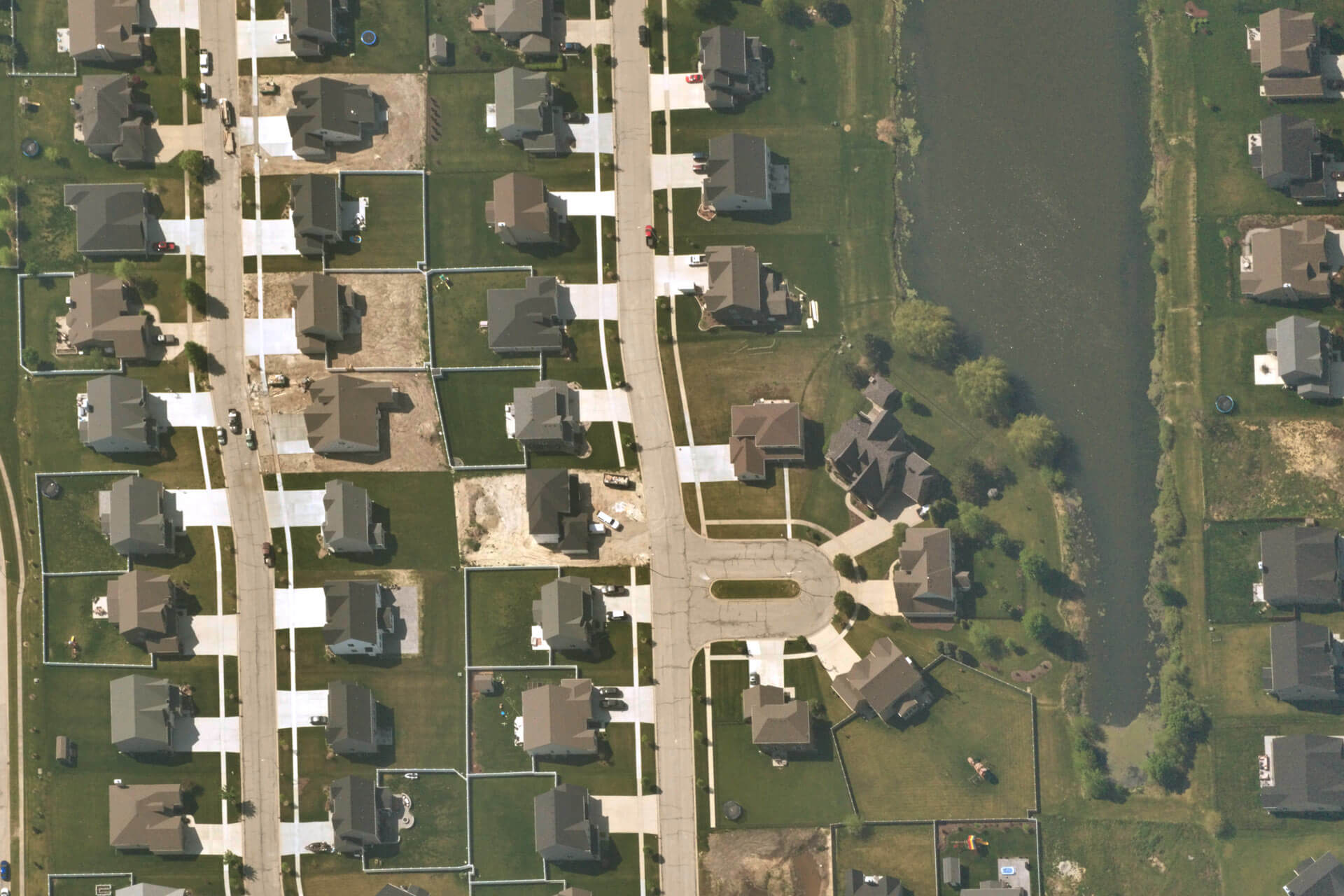David Raleigh is all about the big picture. And as Near Space Labs’ Head of Data Engineering, he means that literally.
“The biggest surprise for me when I joined Near Space Labs was that we were getting imagery that could compete with satellite companies within the first six months I was there,” he says. “I mean, I was just blown away. Within the very first month, we captured some imagery that was just terrific! And for people to do it with such a small vehicle, it really felt like Near Space Labs proved their concept early on.”
All this to say: David Raleigh loves data. Good thing, because as part of Near Space Labs’ leadership team, he’s guiding the future of the company’s cutting edge imagery technology. That big picture? It’s getting bigger.
“I think the biggest excitement for me is when we start scaling up, and we can really see the evolution of a city over time at a level of detail that’s just not possible right now, that nobody provides right now,” he says. “Once that data is available to people, they will discover insights that they couldn’t have imagined without having the data in front of them in the first place.”
David joined Near Space Labs in November 2018, and since then he’s been at the forefront of the company’s push to provide the most relevant and accurate data in the space tech industry.
“I’m doing all the software engineering that’s on the data side,” he says. “Once we’ve gotten the data off the Swifts, it’s my job to make sense of it all.”
Those Swifts? They’re Near Space Labs’ biggest innovation yet. A balloon-based aerial vehicle, the Swifts climb 65,000 feet into the Earth’s stratosphere to capture a high resolution cadence of imagery. They provide data that offers a unique and highly detailed view of everything from a forest’s growth patterns to a city’s traffic patterns. And David is driving the way this data will get into clients’ hands.
“I’m designing all the cloud architecture and how the processing all clicks together,” he says, explaining his work on Near Space Labs’ proprietary software. Turns out, in this business, it’s a good idea to have your head in the clouds, figuratively and literally.
“I’m excited for us to scale up and get as many of these little contraptions flying as possible!”
Today David is a data engineer, but understanding the world has been his passion since he was a student studying oceanography. But when he ended up volunteering for a lab that did GPS research, the trajectory of his life changed.
“They would take high precision GPS receivers down to South America, and then they’d measure at a point for 24 to 48 hours, and then they’d revisit it in a couple of years and you’d be able to see how that exact position had moved over time. You could see uplift from when glaciers would melt, and you could start to see the ground bounce back up. And that’s why I ended up getting a master’s in geodesy, because it was just fun research. I got to go to Antarctica and South America.”
Sounds like not a bad life, shuttling between the extremes of South America and Antarctica!
“Yeah, it was terrific, it was really a lot of fun! And then I thought I would take a break between my master’s and my PhD to get some professional experience, and went to work for this company called Esri. And while I was there, they were just very generous and allowed me to learn a lot of things on the job, a lot about software engineering.”
After that, David didn’t rest, doing everything from collision avoidance for satellites, to importing digital elevation into a massively-multiplayer online gaming environment. But as he transitioned into satellite imagery, he noticed a problem.
“I started to notice that lower resolution imagery and satellite data was not usable. It’s great for certain types of things, like land classification or agriculture, but if you want to get into the details of how humans are moving about, how cars are moving or how homes were being built or torn down, you couldn’t really use that satellite imagery.”
That’s when fate came calling in the form of a call from Near Space Labs CEO Rema Matevosyan.
“What she said that Near Space Labs was solving really resonated with me. They saw this problem not as a problem but an opportunity, something they wanted to improve upon. And for me it was a cool opportunity to just build something from scratch. You see people make mistakes and you think, ‘Maybe I can do this a little bit better!’ Just a really fun opportunity.”
But high resolution imagery isn’t the only problem David encountered within the satellite imagery world.
“Satellite imagery has struggled for a long time to be a successful business. It always seems to be dependent on government contracts. And I thought, well, if anyone seems to have a business model where they could succeed outside of government contracts, it seems like Near Space Labs would work, and I’d love to be a part of that.”
It’s a perfect distillation of Near Space Labs’ mission of democratizing imagery: diversifying clients, and getting this technology into more hands than ever before. But Near Space Labs is redefining more than just the imaging. David is at the forefront of shaping how data itself is interpreted and analyzed.
“Getting in at the very beginning meant that I got to build a data processing pipeline from scratch and help define how we would control the quality of software, and how we define the API for customers, and have a voice in how the software evolved, which was exciting. And now that we’ve hired other engineers, I’m excited to see the ways they evolve our software.”
It wasn’t just the technology or business model that impressed David during that call with Rema. The entire Near Space Labs team brings a sort of professional and ethical innovation that sealed the deal.
“They’re just really cool people! Outside of technology, they’ve just got good hearts.”
It turns out, good hearts might just outweigh good data when it comes to job satisfaction. As part of Near Space Labs’ leadership team, David feels passionate about being a force for good in the space tech industry. This becomes clear when he thinks about where he wants Near Space Labs to be in ten years.
“The main thing that I hope in ten years from now is that the kind of leadership that’s in charge of Near Space Labs now is still in charge, because they have a good moral compass. They are just naturally really good people. And you know, this technology is going to keep evolving no matter what. You can’t stop software and engineering. And so to have a company that’s led by good people is, I think, the most important thing.”
Don’t worry — he’s excited about the technology, too.
“I hope we’re flying a lot of different sensors by then! Not just RGB, but other types of sensors that can detect pollution, or that can get insight about crop health. All sorts of stuff!”
*** David’s team is hiring! Check out opportunities here.




